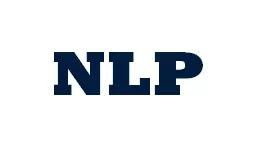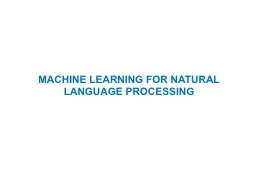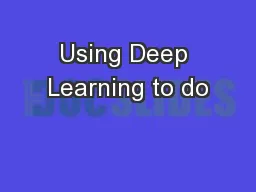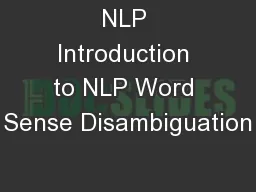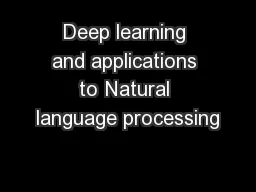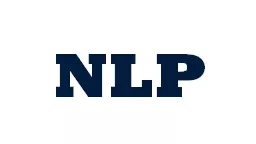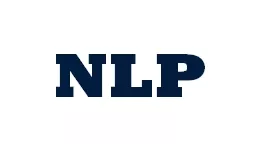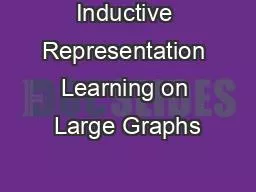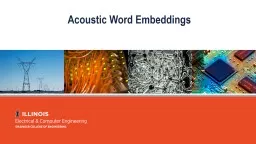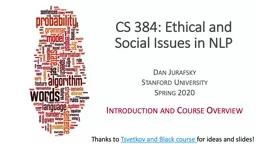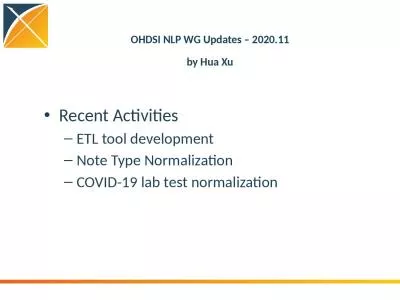PPT-NLP Word Embeddings Deep Learning
Author : maniakiali | Published Date : 2020-08-27
What Is the Feature Vector x Typically a vector representation of a single character or word Often reflects the context in which that word is found Could just
Presentation Embed Code
Download Presentation
Download Presentation The PPT/PDF document "NLP Word Embeddings Deep Learning" is the property of its rightful owner. Permission is granted to download and print the materials on this website for personal, non-commercial use only, and to display it on your personal computer provided you do not modify the materials and that you retain all copyright notices contained in the materials. By downloading content from our website, you accept the terms of this agreement.
NLP Word Embeddings Deep Learning: Transcript
Download Rules Of Document
"NLP Word Embeddings Deep Learning"The content belongs to its owner. You may download and print it for personal use, without modification, and keep all copyright notices. By downloading, you agree to these terms.
Related Documents

